There are only two other major hurricanes that have ever hit the Baja Peninsula since folks started keeping track, and the Sea of Cortez is generally recognized as a safe haven during hurricane season. The further north and east one travels, the safer things get, but Cabo is a convenient airport for visitors to fly in and out of, so I've stayed pretty close to it. It has officially been hurricane season since June, and, while some have developed and spun out to sea, nothing had come anywhere close to La Paz before I left to return to the states. My friend Autumn had mentioned that she was itching to be down in Mexico close to the sea and I offered to let her live on the Rascal if she would be willing to look out for her while I was gone. We were both stoked on the plan, and we met up about a month ago to sail for a few days and get the Rascal anchored in a safe place.
A couple of days later, another depression (that would eventually become Odile) started to build and the models predicted the same strengthening trend and a northwest path that Norbert took. This hurricane, however, didn't stay true to its models. Each time I'd check for updates, I'd see that it had inched further north and increased in strength. From Friday night to Saturday night alone, it jumped from 65mph to 135mph! As it got closer to Cabo, Autumn and I had a talk, recognized the possibility that it would skim over part of the peninsula, and spoke about our options. The time was too late to try and run north or east to safer waters. We could either move the boat to a marina or keep it anchored in a well protected anchorage where no other boats were likely to drag toward her. The last major storm (in the 1980s) to hit La Paz totally devastated the marinas, with numerous pylons getting uprooted, docks coming adrift and smashing together, and dozens of boats sinking in their docklines. Around La Paz, some folks elected to move into marinas and others decided to stay anchored out or on moorings. We discussed all of this at length, and Autumn made the choice to stay on the boat.
The theory behind tandem anchoring is relies upon the relationship between holding power and the angle that the rode pulls at. If you have an anchor on the bottom and pull straight up on it, it will hold very little. If you have a lot of line out and you pull at a low angle with respect to the bottom, it will have very high holding power. With tandem anchoring, a second anchor is attached to the shank of the first, and they're both set along the bottom. The primary anchor sets as normal, and if it were ever to drag, it would pull and set the secondary anchor. This second anchor would effectively have infinite scope (because its pulling perfectly parallel to the ground) and exceptionally high holding power as a result. This secondary anchor also helps to keep the primary well buried and should halt dragging as soon as it happens. The diagram down below illustrates how my anchoring system was planned. It also includes a third anchor that was available should the first two fail for some reason, but we decided not to set it before the storm, due to the risk of it fouling the primary system.
On Sunday morning, it was very clear that Odile would come close to La Paz with substantial force and Autumn started battening down hatches, charging devices, and removing all extraneous equipment from the deck. I was glued to the computer, checking weather forecasts and texting back and forth with Autumn every few minutes. We knew it would be bad (though we didn't realize quite how bad it would get), but we were both feeling confident that Autumn was well prepared, the Rascal was well setup, and we had done everything we could to ensure that both would stay safe.
On a previous voyage across the Gulf of Mexico, I had experienced a burly tropical depression with sustained winds at 50 kts, however Odile was like nothing I have ever experienced. Cruisers anchored in the bay discussed that the storm would pose a particular challenge because it would pass over us in the depths of night, making visibility even more impossible.
Throughout the night, cruisers with weather stations reported the increasing wind speeds--45, 58, 67, 75, 108 and eventually 125 kts. There wasn't much rain until around midnight, which coincided with a much larger increase in wind speed. In prep for the storm, I had stripped Rascal of all sails and tied all halyards down to reduce windage, noise and chaffing with the rigging, which was fortunate as the howl of the wind and rain literally sounded like a jet plane.
I turned the VHF radio volume up to high in order to hear transmissions over the roar. Calls and alerts from surrounding boats were already coming in early in the night. A good friend, Gunther, called over the radio that he had hit something and was concerned that he was adrift. In his late seventies, Gunther and I had become quick friends over the prior weeks, sharing roasted chickens and tales--he was an incredible storyteller. No one returned his call, and I hailed him immediately, knowing that the most I could offer was an open ear and perhaps a problem-solving discussion of what to do next. We decided he should throw out his second anchor, which he did. The distress I heard in his voice is something I will never forget. It was the last time I spoke to Gunther.
Through the port windows and white-out rains, I could just barely see the silhouette of boats anchored near me. One-by-one, they broke free of their anchor and sailed past into the darkness, until there were no boats around me that I could see. As each one let loose, my adrenaline pumped a bit and I would give Rascal a pat as I perched in the companionway.
Rascal was being rocked by 8-10 ft waves, and I kept my ear tuned to any noise that might mean something was awry on the boat or with the anchoring. Indeed, as the winds picked up to ~75 kts, I heard a distinct rubbing and grinding toward the bow. Many cruisers had told me to wear a snorkel mask in order to be able to see and breathe in the driving rains that would come. They were exactly right. With head lamp, life jacket, harness and snorkel mask on, I crawled from the cockpit to the bow, as Rascal bucked in the waves and the rain pelted me like gravel. At the bow, I found the chain and snubber had come free of the bow roller and were chaffing against the roller's edge, the snubber being slowly chewed. With every wave, I held the pulpit as Rascal's bow dove into the water and I got a salty dunk. The tension against the snubber and chain released a bit in the wave troughs, and I was somehow able to lift both back into the bow roller without crushing fingers .... I would go out on deck several times over the night to check the snubber, chain and windlass, and each time the wind and waves had increased as the eye moved closer.
The silence that followed was sickening. I wasn't sure if she had just lost cell service or if she had decided to abandon the boat. She had a Delorme InReach which is like a satphone, except instead of calls, it just sends text messages. It doesn't rely on cell towers (satelites instead), so it'll send a text (with a gps location attached) from anywhere in the world, in any conditions. Its waterproof as well. She also had, attached to her, a PEPIRB (Personal Emergency Position Indicating Radio Beacon) which transmits her exact location to the emergency response and coordination center at the US Air Force for them to coordinate search and rescue efforts. It is only to be used in life threatening emergencies and its the most reliable emergency communication device available.
The next hour felt like an eternity. At 3:45AM, I got a call from the Air Force telling me that the PEPIRB had been activated. This was good news, because it meant that she was still safe and functional enough to be able to activate it. It could also be bad news, however, because it meant that she must be in a pretty dire situation. The Air Force told me that they'd be forwarding the message to the Mexican Search and Rescue group and they gave me a Mexican number to call. I called the number and nobody spoke any english. I relayed all of the information I could, along with her location and they said they would call me back when they had an update for me.
As the day broke, Autumn sent a few more InReach messages, and at 10 AM she mentioned that she had found the Little Rascal (Rascal's inflatable dinghy) and was taking shelter in it. At 11 AM, she messaged that she had finally been plucked off the beach by Shelly and Mike (from La Paz Yachts) who ventured out into the diminishing winds in their strong inflatable dinghy to try and help whoever they could find. Finally, I knew Autumn was safe and sound and I breathed a big sigh of relief.
The following morning was calm, and there happened to be a particularly high tide, perfect for refloating boats that were beached. Everyone rallied around Autumn and out of the two dozen boats that were beached during the storm, the Rascal was the very first to be pulled off and back into the harbor. Below are some pictures and video of the refloating process courtesy of Elizabeth on S/V Vivacia.
It would seem impossible that the Rascal could get beached and pounded by hurricane force winds on her side without any damage, but that's essentially what happened. Her exceptionally thick Dutch-built fiberglass hull, her watertight hatches, and her sturdy fittings all combined to protect her from the waves and the elements. The only damage she sustained were some gouges to the fiberglass and a bent bow roller while she was being hauled off the beach.
Lots of destruction occurred to the roads and buildings around La Paz and Cabo and the airports didn't come out unscathed. I was really eager to get back down to Autumn and the Rascal, but only military planes were authorized to land with humanitarian supplies and to help evacuate the sick and elderly. I thought about the possibility of driving down, but reports said that the long highway that runs the length of the peninsula was washed out in several places with the likelihood of repairs taking weeks. After jockeying back and forth between a few different airlines and flight cancellations, I finally got in on one of the first flights into La Paz last Friday night. Autumn met me at the airport and I gave her a bear hug that would've crushed any mere mortal.
We drove around town a bit in a car borrowed from a friend and I got to see a little bit of the destruction that occurred around town and to some of the boat yards. There are still lots of downed signs and trees littering the streets more than a week later, but power has been restored to the vast majority of the city and telephone and internet is available most places as well.
We've spent the last week dragging for anchors that were lost during the storm (we managed to recover our own as well as S/V Catalpa's) and helping support the folks that are diving to recover personal items from the boats that sunk. There have been lots of missions to recover beached boats at high tide and we're slowly but surely making progress. We're planning to leave to head north towards Loreto and Guaymas in the next few days as salvage efforts slow down.
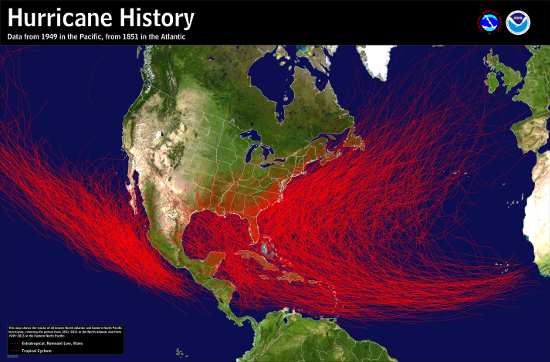
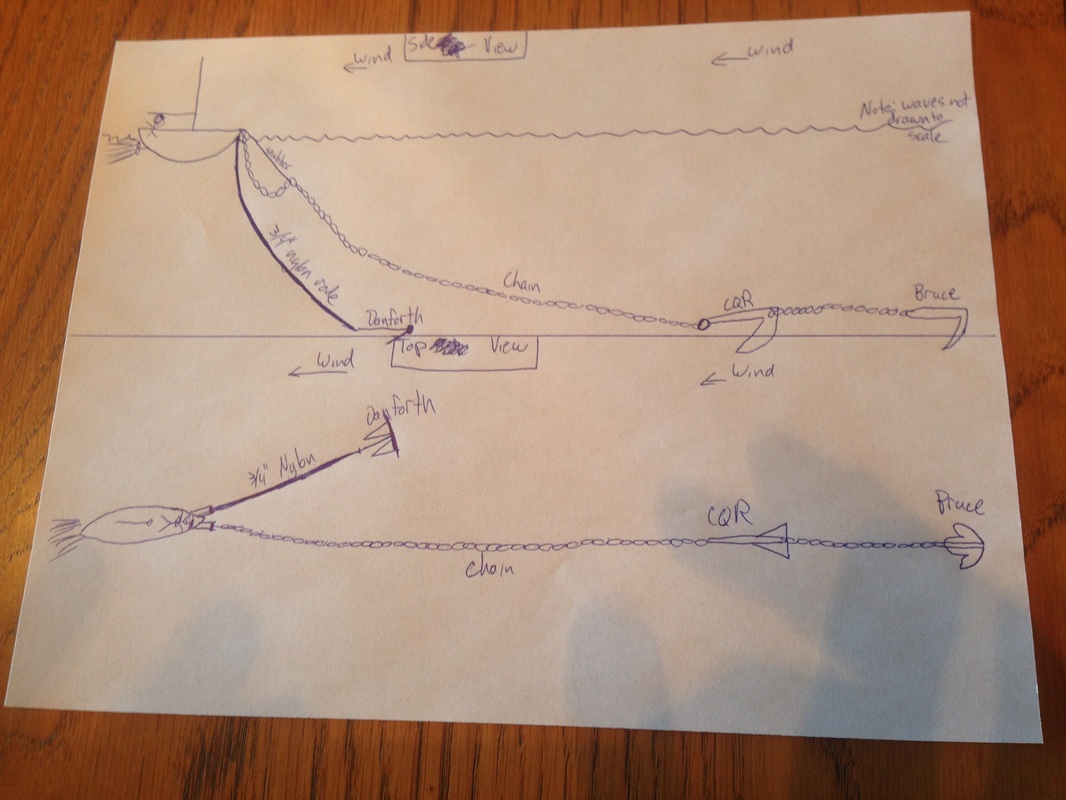
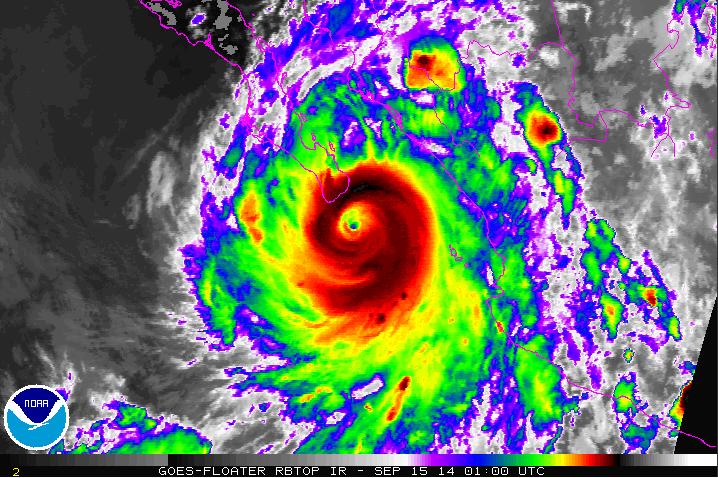
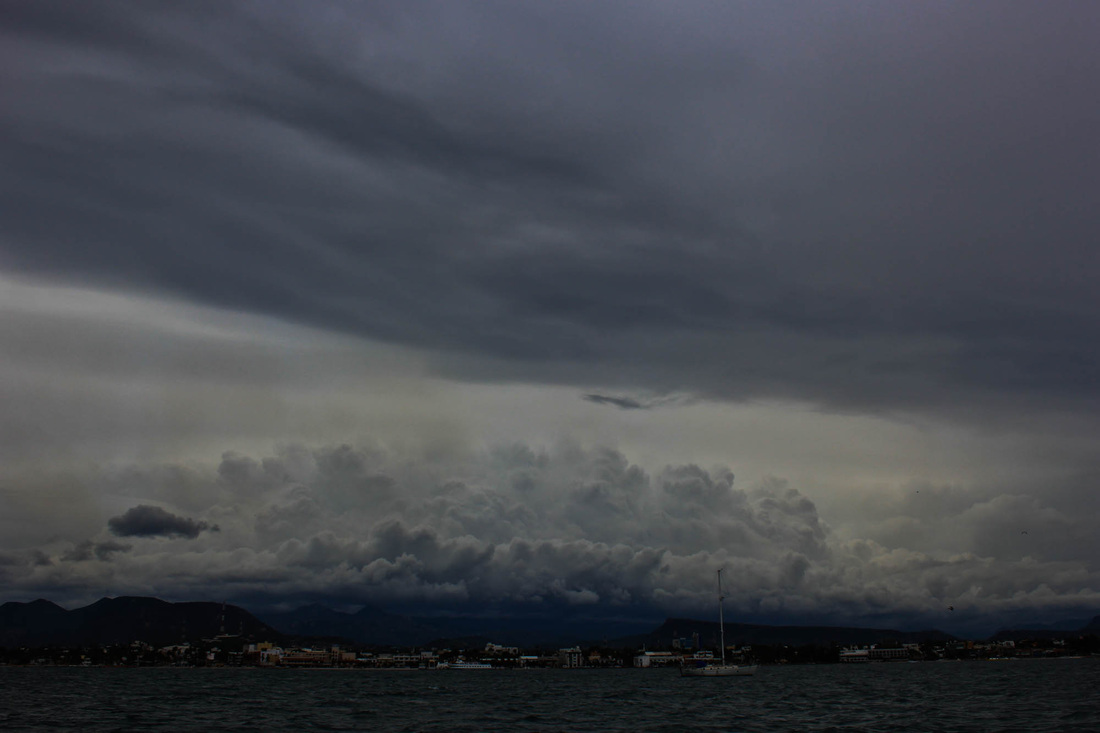
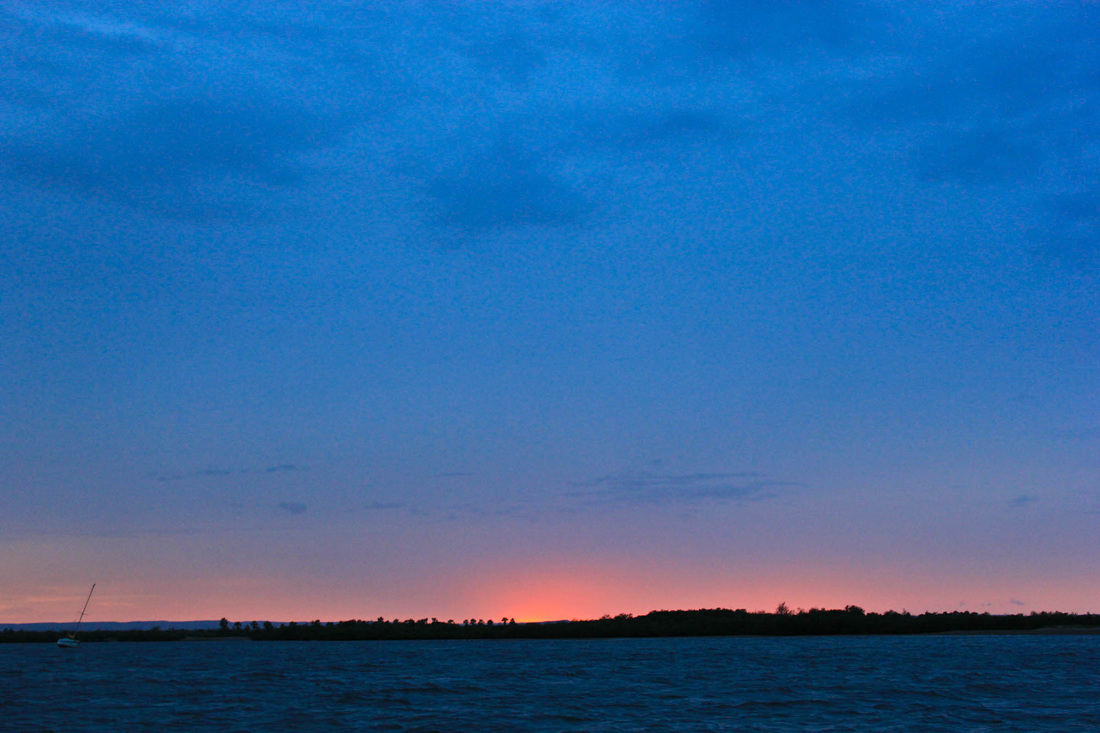
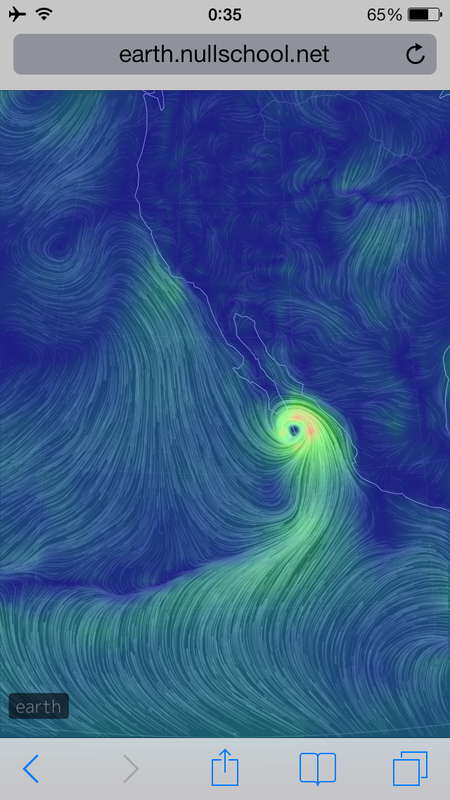
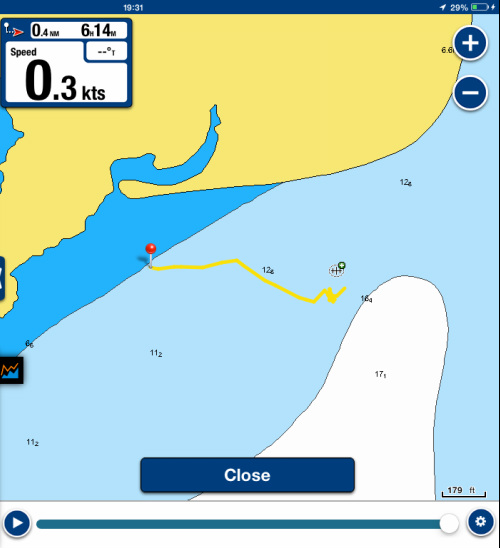
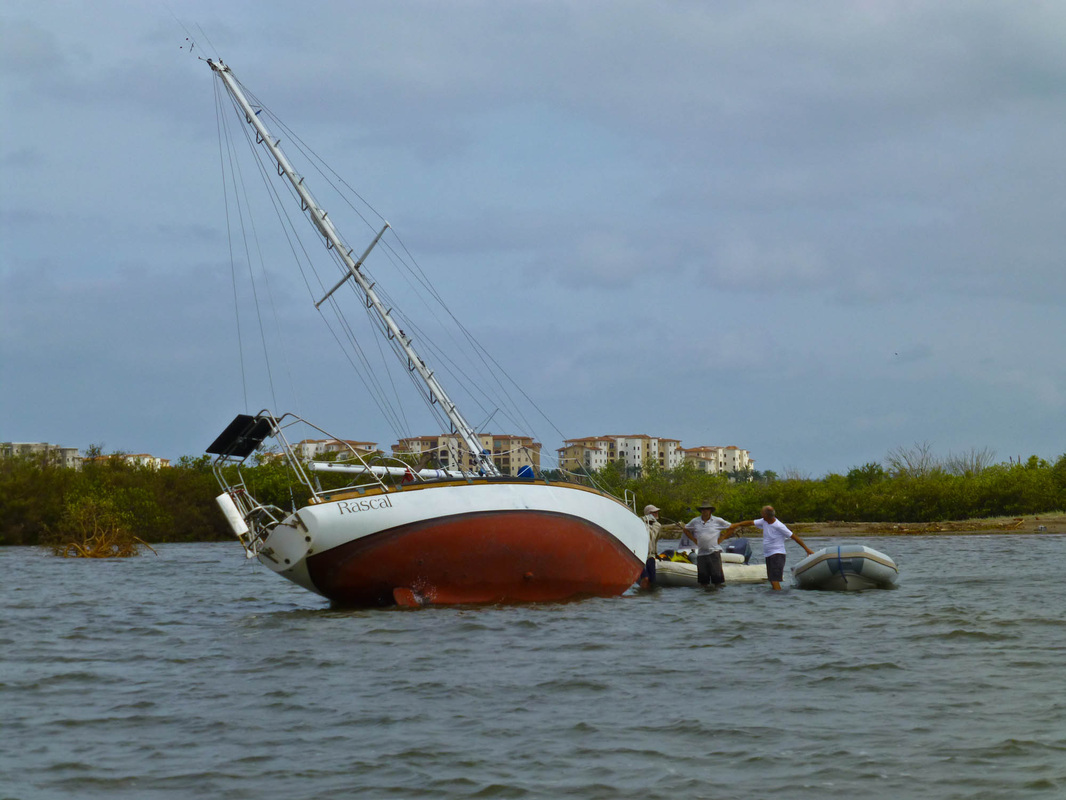
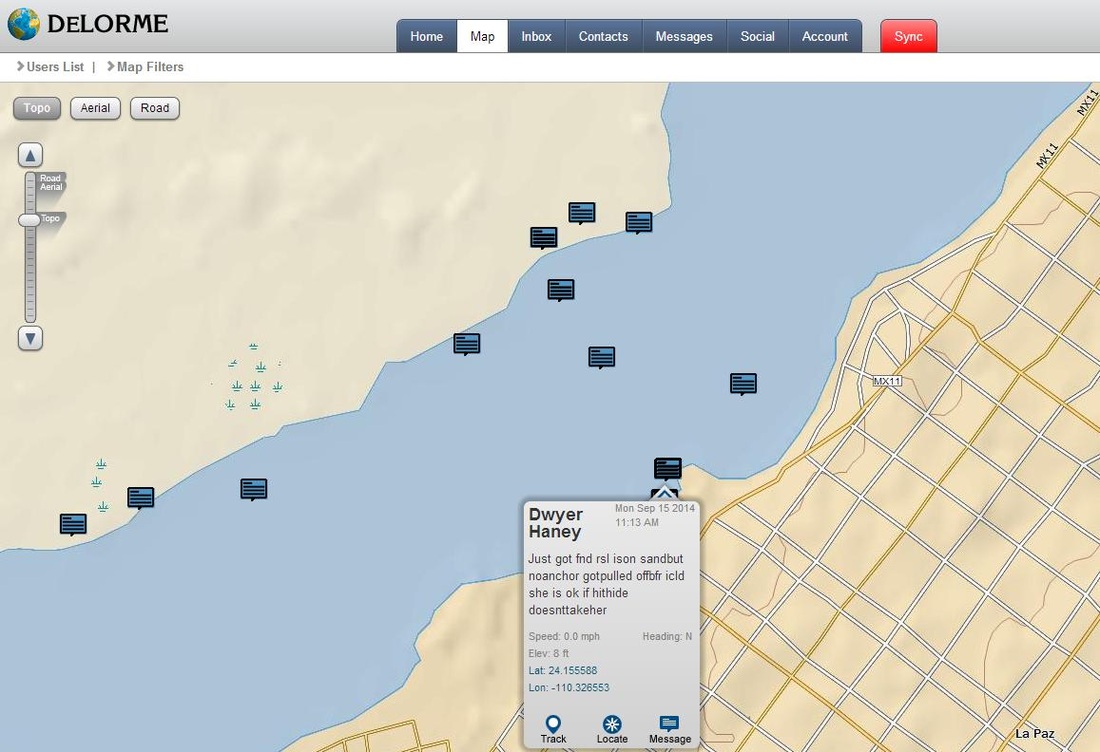
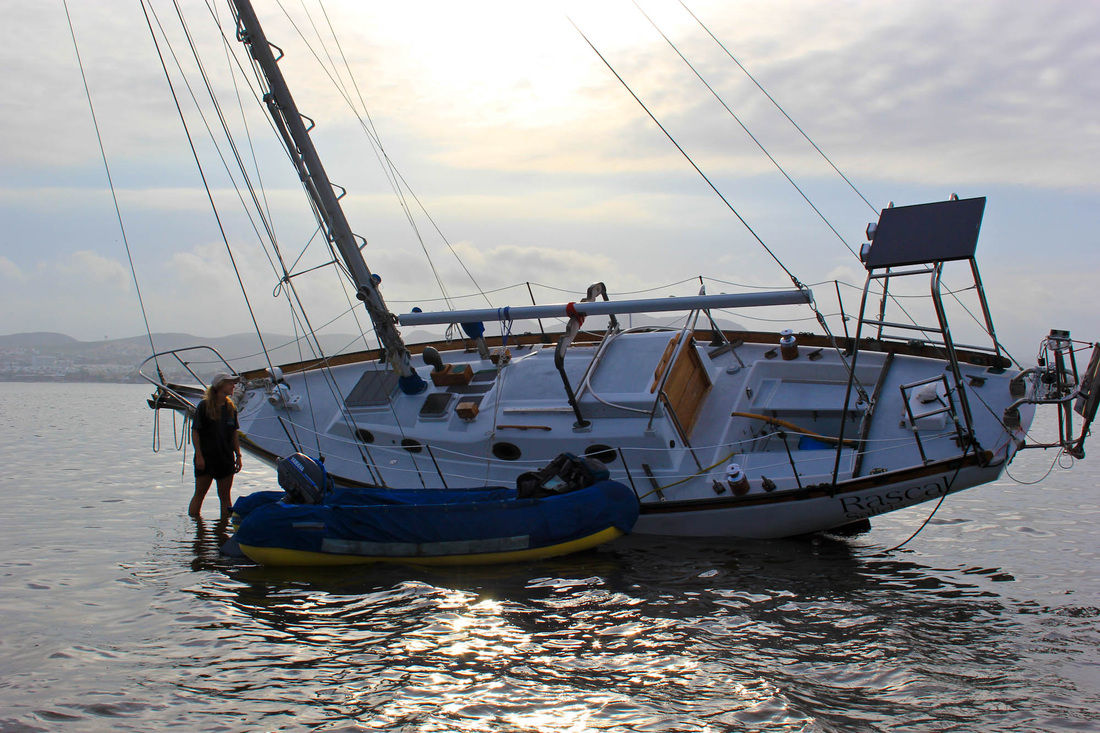
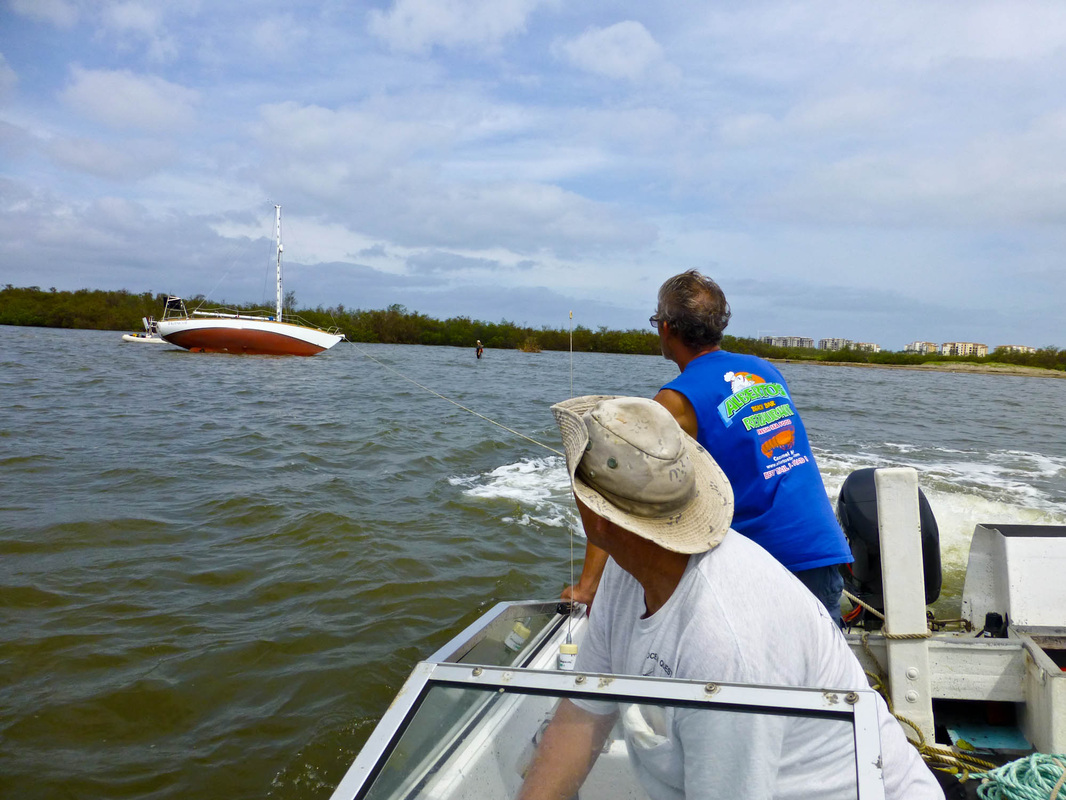
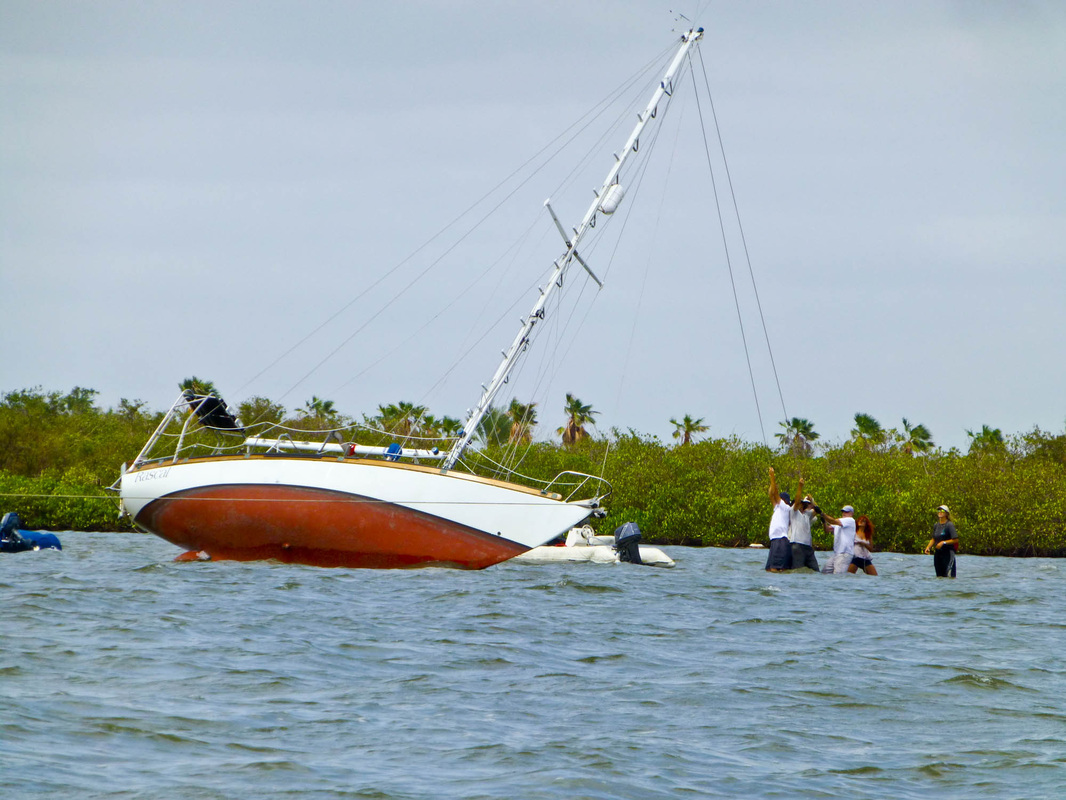
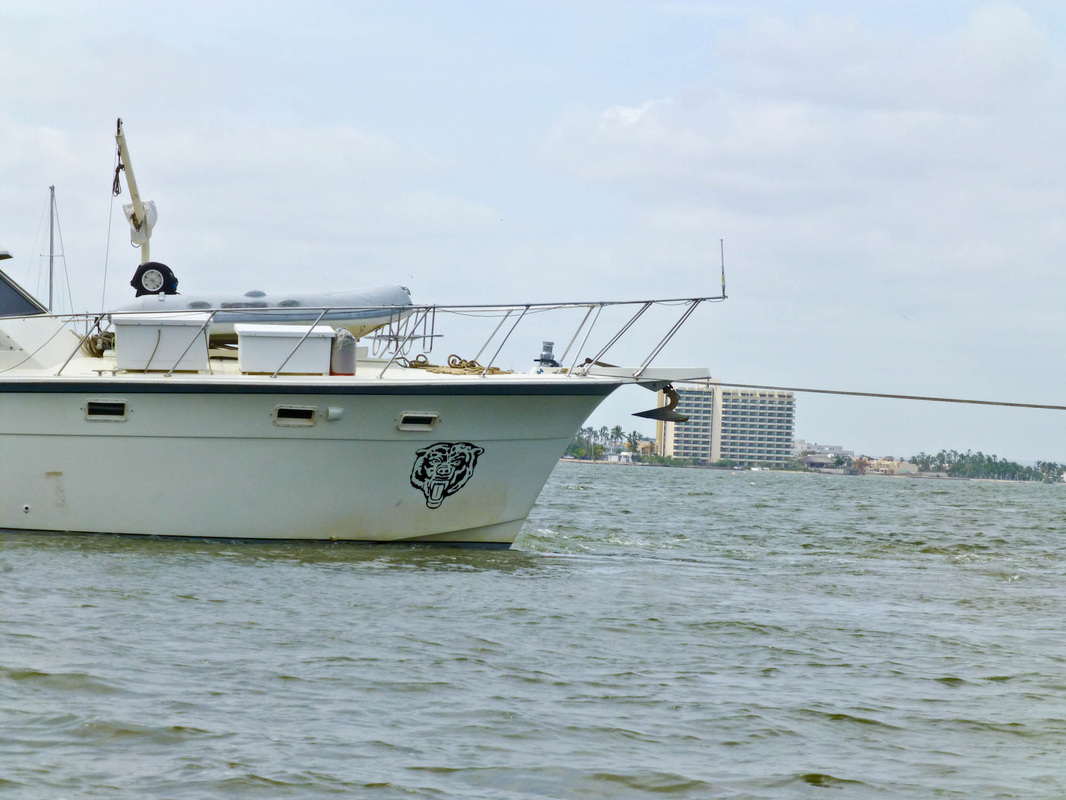
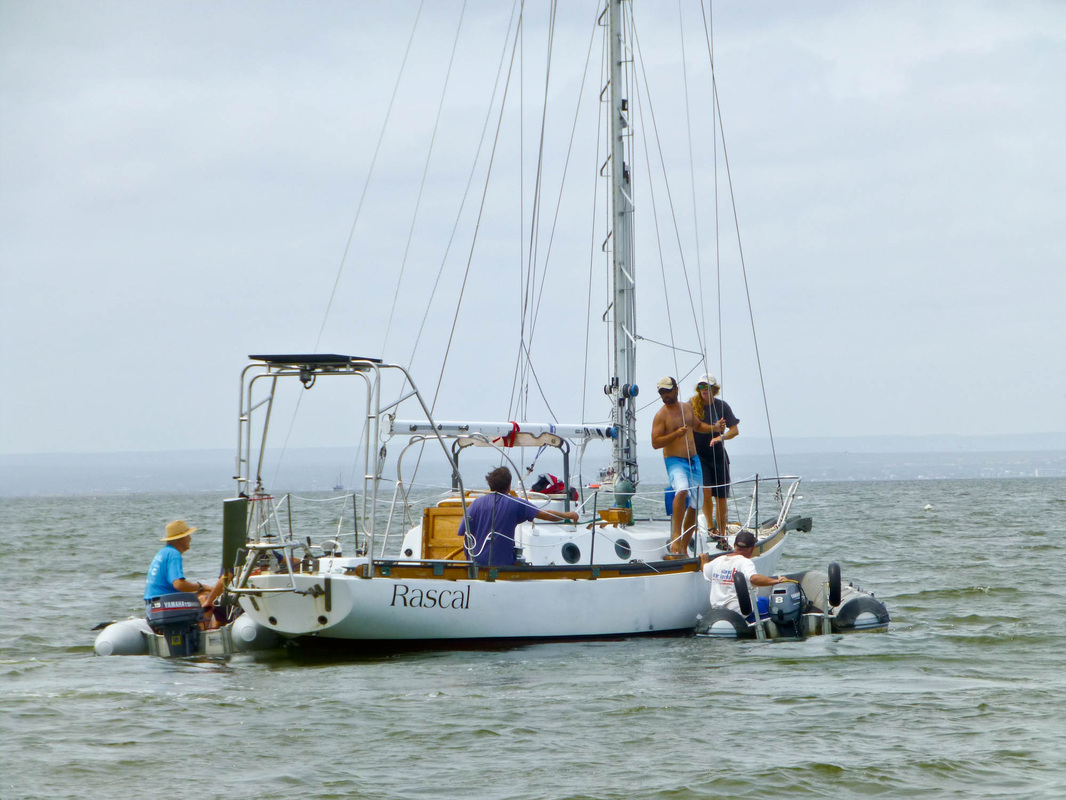
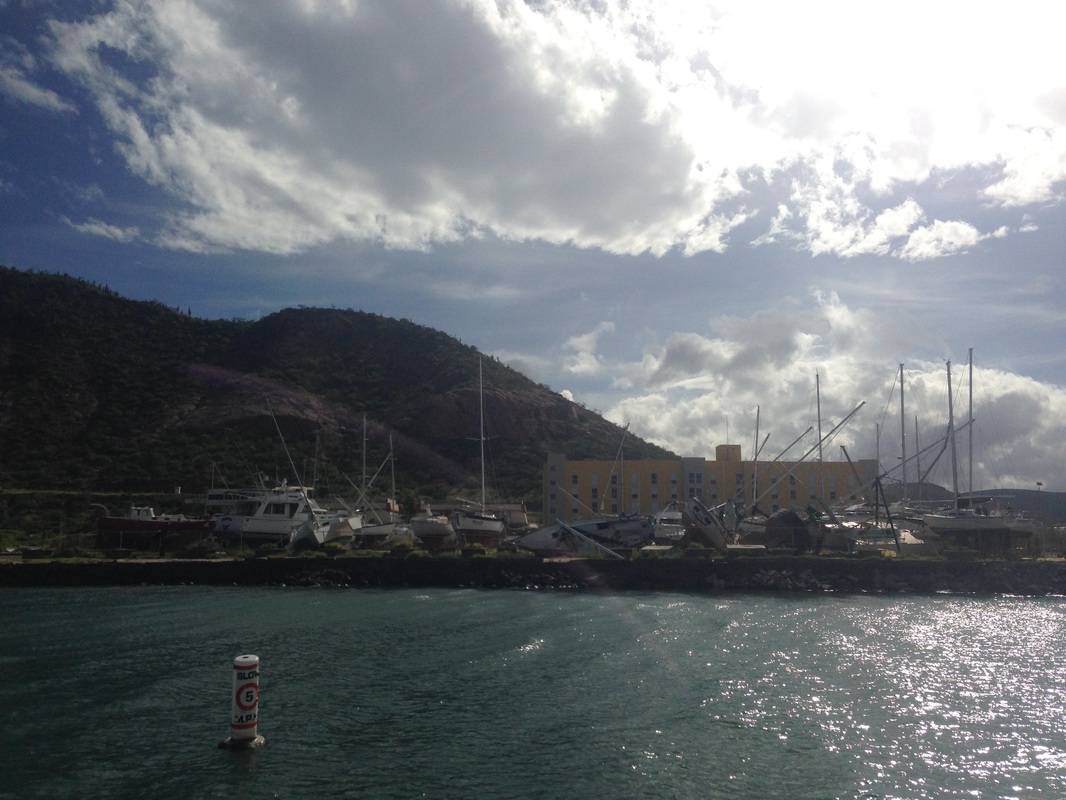
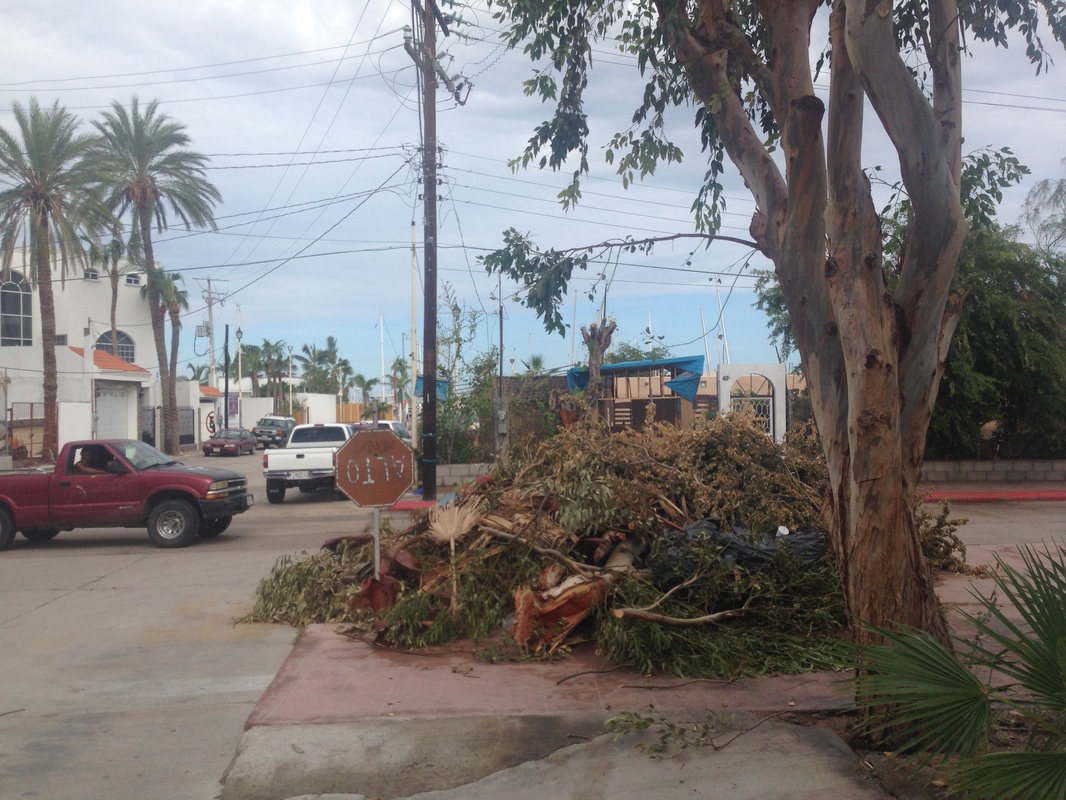
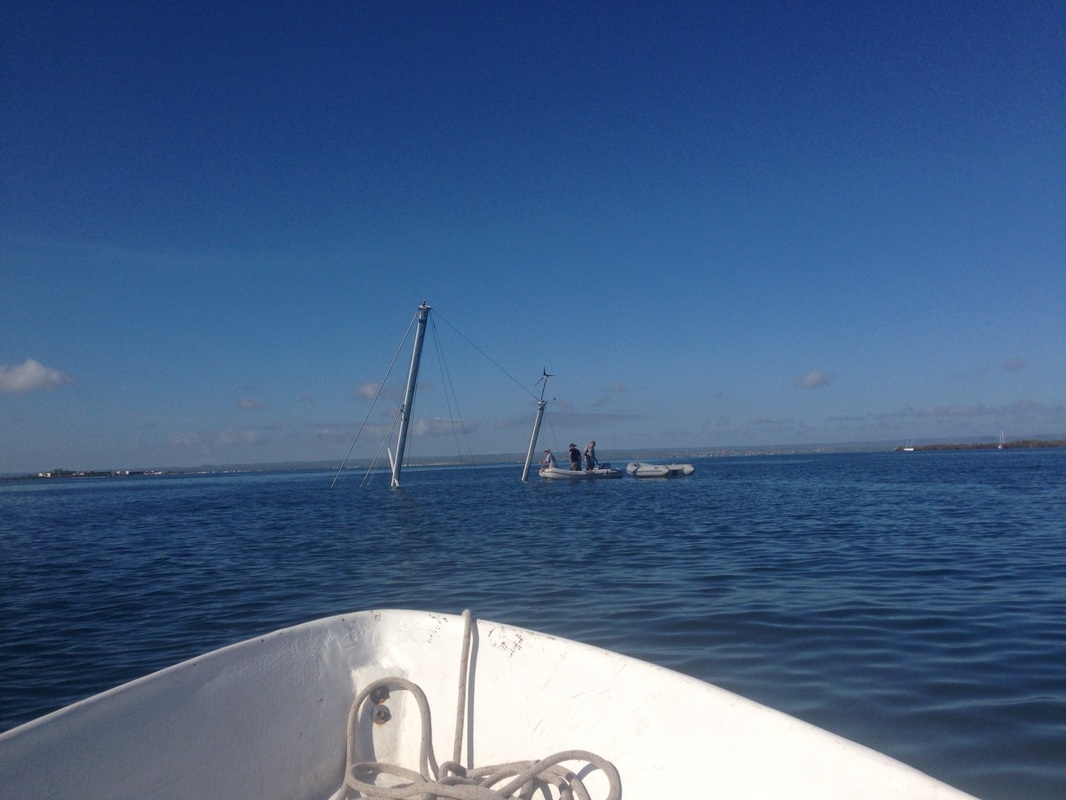
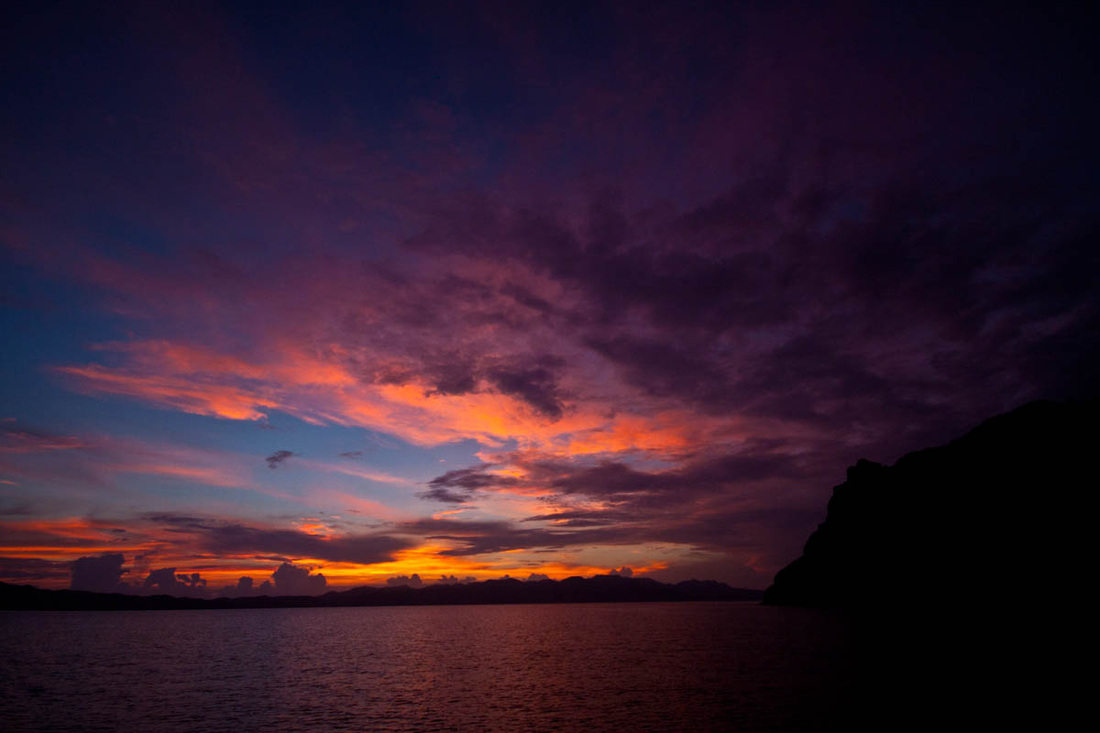
 RSS Feed
RSS Feed
